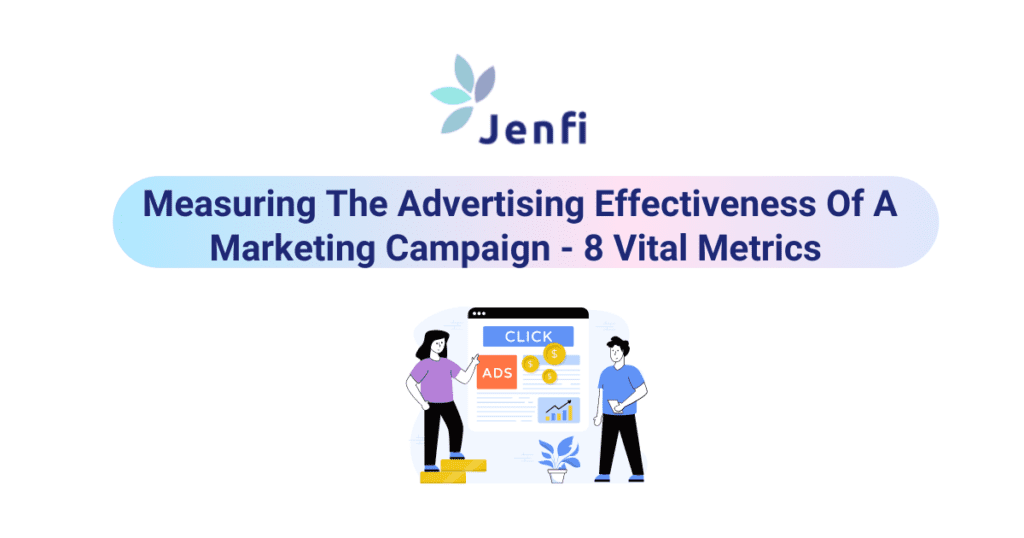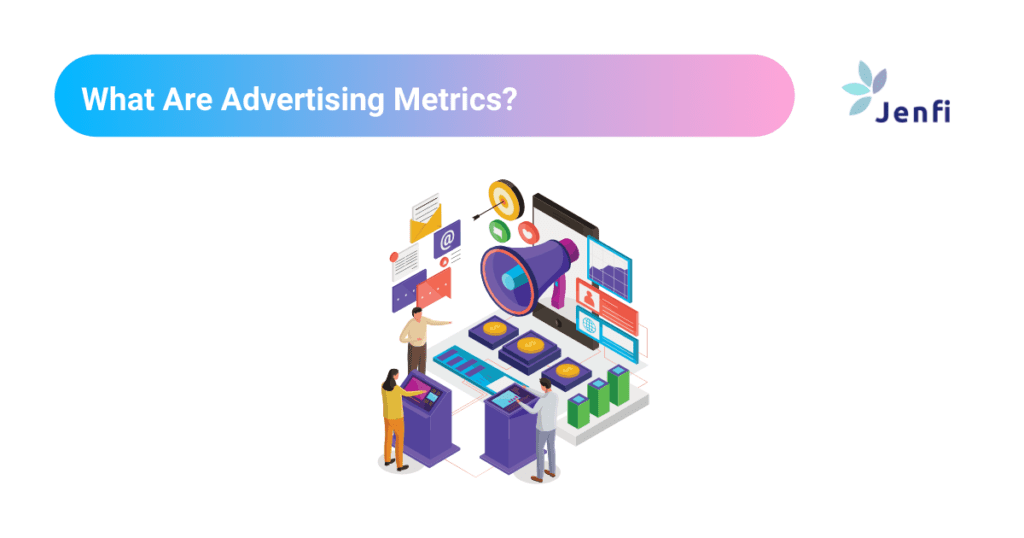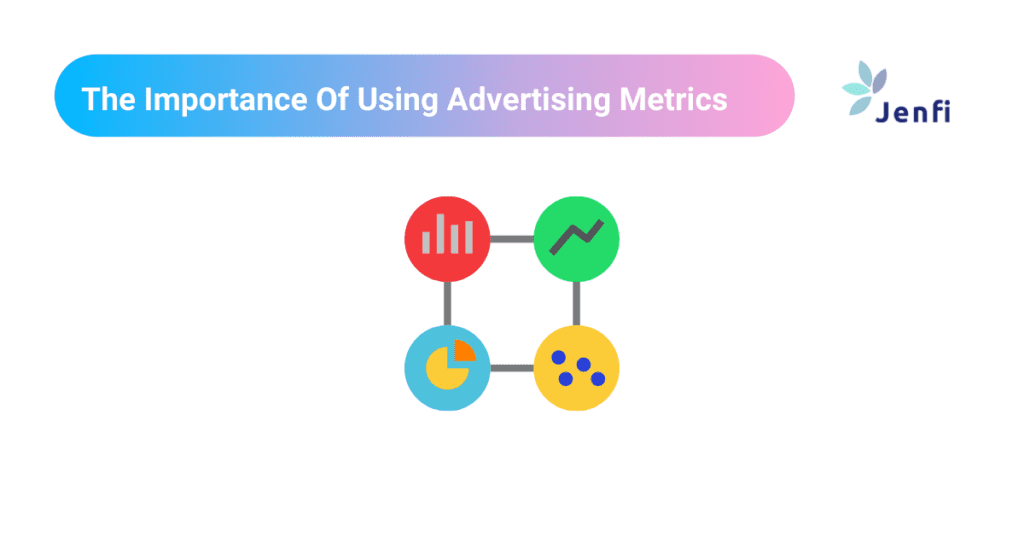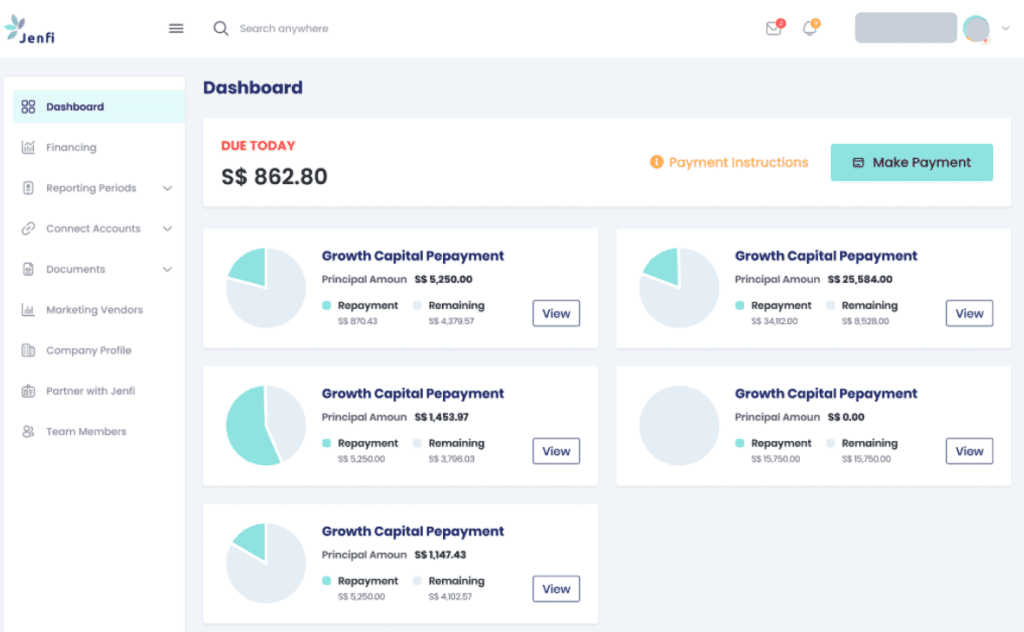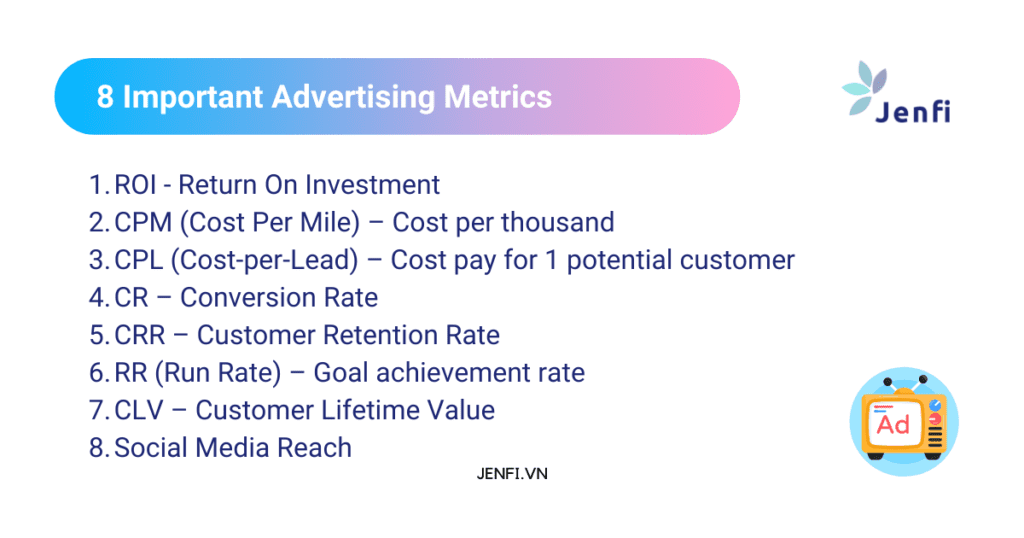Why Revenu-Based Financing Fits the eCommerce Model
Launching and nurturing a business is no small feat; it's a journey fraught with risks and challenges. In the face of financial hurdles small business owners frequently resort to tapping into their own personal funds, a practice that can jeopardize personal assets and financial stability. Outside funding can offer business owners an option that minimizes these risks.
Selecting the right funding model is a decision that shapes a business's trajectory. Budding eCommerce enterprises often rely on equity financing to secure the funding they need, a strategy that involves selling company shares to secure capital. However, a rising trend among eCommerce companies is revenue-based financing, a funding approach that provides businesses with accessible working capital in a way that is tailored to their cash flow needs.
Entrepreneurs who opt for revenue -based financing over conventional equity financing share a couple of points in common: their businesses are on a trajectory of continued growth which requires swift access to cash, and they find themselves deterred by the dilutive nature of equity financing.
Meeting the Needs of Business Growth
As an eCommerce enterprise expands, so does its customer base, leading to an upsurge in product demand. To meet this demand, the brand needs to procure larger volumes of inventory. In most cases, suppliers and manufacturers require upfront payments or deposits for orders. Yet, many eCommerce businesses find themselves needing more inventory than their current profits can accommodate.
In situations where products require extended manufacturing periods, the urgency to access financing for inventory procurement escalates. Products that need to be ready for dispatch upon order placement need to be ordered months in advance. Revenue-based financing empowers businesses to pre-order inventory, a critical step given the extended lead times from international suppliers. This approach serves to greatly bolster cash flow.
As a business gains momentum, it requires continued investments to support operations needed to keep in line with its growth trajectory. This involves expanding teams to manage augmented inventory volumes and launching marketing initiatives to drive sales. However, ramping up operations to match expansion requires businesses to fund these endeavors before a business collects the subsequent profits from sales. Revenue-based financing offers a solution for businesses that need to fund these expansion efforts when existing profits fall short.
Access to working capital through revenue-based financing has the power to significantly accelerate growth by enabling businesses to maintain higher stock levels. It also has the power to facilitate increased advertising efforts, to sustain elevated sales levels, and to diversify product range while keeping larger quantities of bestsellers in stock.
Urgent Access to Capital
A hallmark of astute entrepreneurs is their knack for identifying favorable circumstances that can act as the catalyst for their business’s success. A swift response to changing demands is often at the heart of this catalyst and it extends beyond the purview of online retail; it equally applies to suppliers who need to match the agility of their retail counterparts. As consumer preferences fluctuate, e-commerce retailers expect prompt availability of products to meet these dynamic demands. Suppliers that synchronize their offerings with this demand stand to maximize profitability.
In industries like fashion, where trends dictate consumer preferences, retailers continually adjust their product offerings. Promptly catering to these fluctuations necessitates suppliers to be aligned with evolving trends. For example, one challenge that businesses face with these fluctuations is the ability to finance inventory when customer payments are deferred. Revenue-based financing can provide a solution to such challenges.
Inventory management within the eCommerce landscape is further complicated by persistent supply chain disruptions which lead to shipping delays and amplify the already elongated lead times. eCommerce brands must adapt rapidly to address customer demands in spite of these challenges, being able to do so with agility is heavily dependent on having readily available capital.
Revenue-based finance can be invaluable in covering cash flow gaps that emerge when large orders are placed by retailers. Purchasing bulk inventory entails substantial expenses that impact cash flow over several months. This impact extends beyond a business’s ability to purchase inventory. Suppliers shoulder a host of expenses, from labor and warehousing to web hosting. These costs inevitably become a burden when capital is tied up in inventory.
Equity Financing's Drawbacks
Equity financing, a conventional avenue for funding, often proves to be arduous and time-consuming. Raising equity capital is a considerably more time-consuming endeavor than revenue-based financing. Start-up eCommerce companies often operate with lean teams whose efforts are better spent driving growth than fundraising. Relying on equity financing can divert focus from core business operations.
While revenue-based financing empowers entrepreneurs to maintain full ownership of their enterprises, equity financing often necessitates relinquishing ownership, a compromise that may not always yield commensurate benefits. Additionally, venture capitalists frequently impose stringent conditions that businesses must satisfy to secure funding, and these demands do not always align with the brand’s best interests. Equity funders tend to steer company decisions towards immediate profitability at the expense of long-term growth. Investors looking for quick returns on investment can pressure brands to optimize for short-term gains, constraining their freedom to experiment or to take calculated risks.
Maintaining ownership can be pivotal for early-stage startups. Revenue financing offers a simplified and expedited solution. For a small business, allocating significant equity for operational financing isn't ideal; it’s often better for equity to be used for strategic expansion in underdeveloped areas. Revenue financing allows the diversification of product range which can elevate revenue, thereby enhancing equity value, without compromising ownership.
eCommerce Success with Tailored Financing
The realm of eCommerce demands financing solutions that cater to its unique requirements. Lacking tangible assets for conventional borrowing, online businesses often collateralize their own ventures to secure funding. Equity financing is sometimes an attractive solution for funding that minimizes debt, but its long-term implications can exert a substantial toll on a business. Revenue-based financing, on the other hand, aligns seamlessly with eCommerce's distinctive financial needs, offering businesses an opportunity to propel to new heights.
Financing decisions directly shape the trajectory of growth and enduring triumph of a business. Revenue-based financing can be tailored to your enterprise's unique needs and can give you the edge you need to transform your business.




